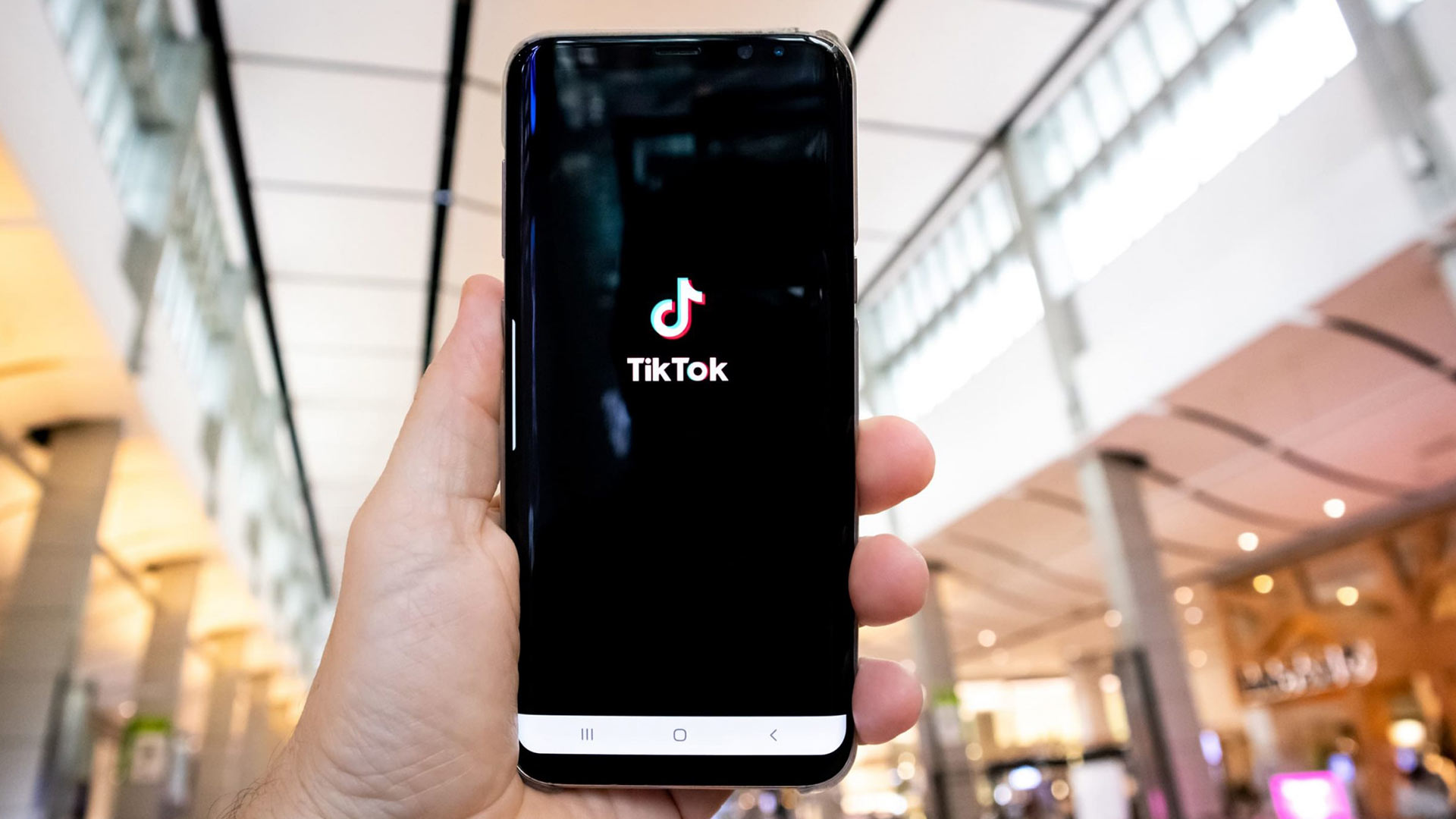Should your brand be on TikTok? The answer to this question, like all marketing strategy approaches, varies widely based on the brand you’re trying to promote. Diving into a new platform can give you an advantage, but an anemic posting or uniformed content creation may do more damage to your brand integrity than not engaging at all. Above all: you shouldn’t be on TikTok simply to be on TikTok. Instead, you should analyze your audience, assess your brand identity, and consciously decide if marketing on TikTok can help you increase your revenue or your brand’s reach. As you make that decision, here are a few factors to consider.
Consider TikTok For Your Brand if You Have a Young Target Audience
A full 47.4% of TikTok’s users are under the age of 30. If that demographic is your target audience, you should consider having a presence on TikTok. If you’re not yet ready to dive in, you can create an unbranded investigatory account to gain awareness of and facility with the platform and to begin following other users. If you have an intern or a younger worker on staff, you may want to tap them to start the account or conduct research on how you could utilize the platform. This person could also provide an audit of your account if you’ve already established one.
Consider TikTok If Your Brand Is Highly Visual
Note that the word here is visual, not visible. A visual brand is any brand that can promote itself effectively through videos, which is TikTok’s primary content type. B2C products have the upper hand on TikTok, but B2B products are in the running as well. Everything from balloon sculptures, to food, drink, and clothing brands are easy to build content around. Service-based are harder to showcase, but not impossible. A skilled content creator can make service-based TikToks that engage viewers as well. Party planners, financial planners, and automobile detailers can all share their businesses on TikTok.
Consider TikTok if Quick Tips are your Go To
Some brands lend themselves to quick tips that are easily captured in video. The possibilities here are myriad. Do you manufacture a new green cleaning brand that can give quick tips on efficient tidying? Are you a food product brand that can be used in easy, visually appealing recipes? Or do you own a skincare brand that can offer a moment of serenity as users scroll through videos? Whatever your brand, if you can illustrate its efficacy quickly via a playful video, TikTok might be the social media platform for you.
Consider TikTok if You Could Benefit From Influencer Marketing
As is the case with Instagram, influencer marketing is a huge part of the TikTok ecosystem. While direct content from brands isn’t always welcomed by Gen Z, subtle nods to your product or service via influencers are expected. Using influencer marketing can get your brand in front of a new generation of eyes without the need for heavy-handed marketing techniques.
Intimidated by New Platforms? Let Green Apple Strategy Lead The Way
Our marketing assessment can help you decide where to put your marketing dollars – and which approaches might have the greatest ROI. From blogging and SEO to PR and social media management, Green Apple Strategy can craft a marketing approach to help you attract and retain qualified leads. Reach out to us today for a consultation.











